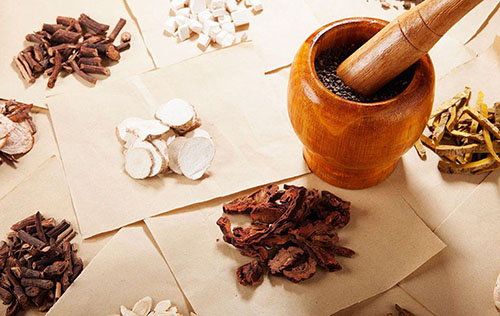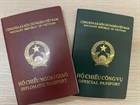General Introduction to Traditional Medicine at Intermediate Level
On December 28, 2018, the Ministry of Labor, Invalids and Social Affairs issued Circular 54/2018/TT-BLDTBXH stipulating the minimum amount of knowledge and competency requirements that learners must achieve after graduating at intermediate and college levels in health and social service sectors.

General introduction to traditional medicine at the intermediate level - Illustrative image
As specified in the Regulations on Minimum Knowledge Volume, Competence Requirements That Learners Must Achieve After Graduating at the Intermediate and College Levels in the Traditional Medicine Field, issued together with Circular 54/2018/TT-BLDTBXH, the general introduction to the intermediate level profession is as follows:
Traditional medicine at the intermediate level is a training profession based on the foundation of philosophy and medical knowledge accumulated from the experiences of many generations of Eastern physicians, passed down and developed by renowned domestic physicians to this day, meeting the requirements of level 4 in the Vietnamese National Qualifications Framework.
Traditional medicine diagnoses illness using methods such as: visual inspection (observing the patient and their environment), auditory examination (listening to the sounds from the patient's body and their complaints), interrogation (asking the patient and their family about relevant issues), palpation (examining using hands and instruments) to determine the disease state. In terms of treatment, traditional medicine uses methods such as acupuncture; oral or topical medications, and even massage.
The acupuncture method is based on a meridian system detailed with hundreds of acupoints on the body. The acupoints and meridians are linked to internal organs, treating disorders within those organs by intervening in the corresponding acupoints and additional acupoints if necessary. Remarkably, this system of acupoints and meridians cannot be described using Western medical methods of anatomy or physiology, even though in contemporary times acupuncture is used as an anesthesia method (anesthesia) in some surgeries (combining Eastern and Western medicine).
Herbal medicine includes herbs exploited and processed according to Chinese texts. Native medicine consists of herbs discovered by physicians on Vietnam's territory. The prominent physicians deemed the patriarchs of Vietnam's traditional medicine are Le Huu Trac and Tue Tinh.
Intermediate level traditional medicine practitioners are equipped with basic traditional medical knowledge to form the ability to use these methods to perform examinations and diagnose some common diseases for patients and support and execute the orders of traditional medicine doctors in treatment at traditional medicine hospitals, traditional medicine departments of general hospitals, clinics, health stations, traditional medicine associations, private traditional medicine clinics using methods such as native and herbal medicines, acupuncture, massage - acupressure, and health preservation. Additionally, they can participate in the preparation and trading of medicinal herbs at establishments engaged in the production and trade of medicinal herbs and finished traditional medicine products.
Note that the minimum volume of knowledge is 1,650 hours (equivalent to 60 credits).
For more details, see Circular 54/2018/TT-BLDTBXH, effective February 10, 2019.
Le Vy
- Responsibilities of officials of the Ministry of Finance of Vietnam when they are issued Official Passports from November 19, 2024
- 06 solutions to enhance the effectiveness of social policy credit in the new phase in Vietnam
- Financial support level for the purchase and repair of transportation vehicles for the Economic - National Defense Corps in Vietnam from December 30, 2024
- Financial support levels for purchasing and repairing of medical equipment for the Economic - National Defense Corps in Vietnam from December 30, 2024
- Latest regulations on management and use of passports for officials and public employees of the Ministry of Finance of Vietnam
- New regulations on the procedures for veterinary sanitation inspection in Vietnam from January 6, 2025
-

- Responsibilities of officials of the Ministry ...
- 16:00, 23/11/2024
-

- 06 solutions to enhance the effectiveness of social ...
- 15:32, 23/11/2024
-

- Guidelines for registration and organization of ...
- 11:53, 23/11/2024
-

- Contents of audit service quality control in Vietnam
- 11:00, 23/11/2024
-

- Acts in violation of Law on Independent Audit ...
- 10:30, 23/11/2024
 Article table of contents
Article table of contents
